At the beginning of the 20th century the art world had transformed from the Victorian academic salons to embracing the new Modernism. Artists like Matisse, Picasso and Duchamp were filling the galleries of Europe and the 1913 New York Armory Show would set the style for the new century. Amid this cultural turmoil existed a small school of artists living in New York that for most of the next century would go mostly ignored, overshadowed by their Modern contemporaries. Painting in a realistic manner the subjects of the urban setting around them, depicting the squalor and dirt of the city, they became known as the Ashcan School.
One of the leaders of this artistic movement was George Bellows (1882-1925). Studying at the New York School of Art with other American artists such as Rockwell Kent and becoming the contemporary of other Ashcan painters like John Sloan, Bellows’ paintings illustrated the stark and raw streets of New York City, reminiscent of the French Realist, Daumier.
A new retrospective of Bellows is now on exhibit at The Metropolitan Museum of Art in New York through Feb. 18, 2013. I had the opportunity to view the retrospective a couple of weeks ago. I was very surprised to see the Met doing this retrospective since Bellows is not usually a well known artist and I had never had the opportunity to see more than one or two in any museum. The reason for this was evident. The placards on the paintings immediately illustrated how un-collectable Bellows had been during the 20th century. The provenance of the paintings were wide ranging from Arizona, Philadelphia, Brooklyn and Chicago. It was apparent that no major museum or private collector had collected his work, and that his paintings had been scattered. This is a wonderful opportunity to see an American artist’s retrospective that has not been seen since his sudden death in 1925, and hopefully preludes a renaissance of early 20th century American Realists.
Enjoy.
WOC


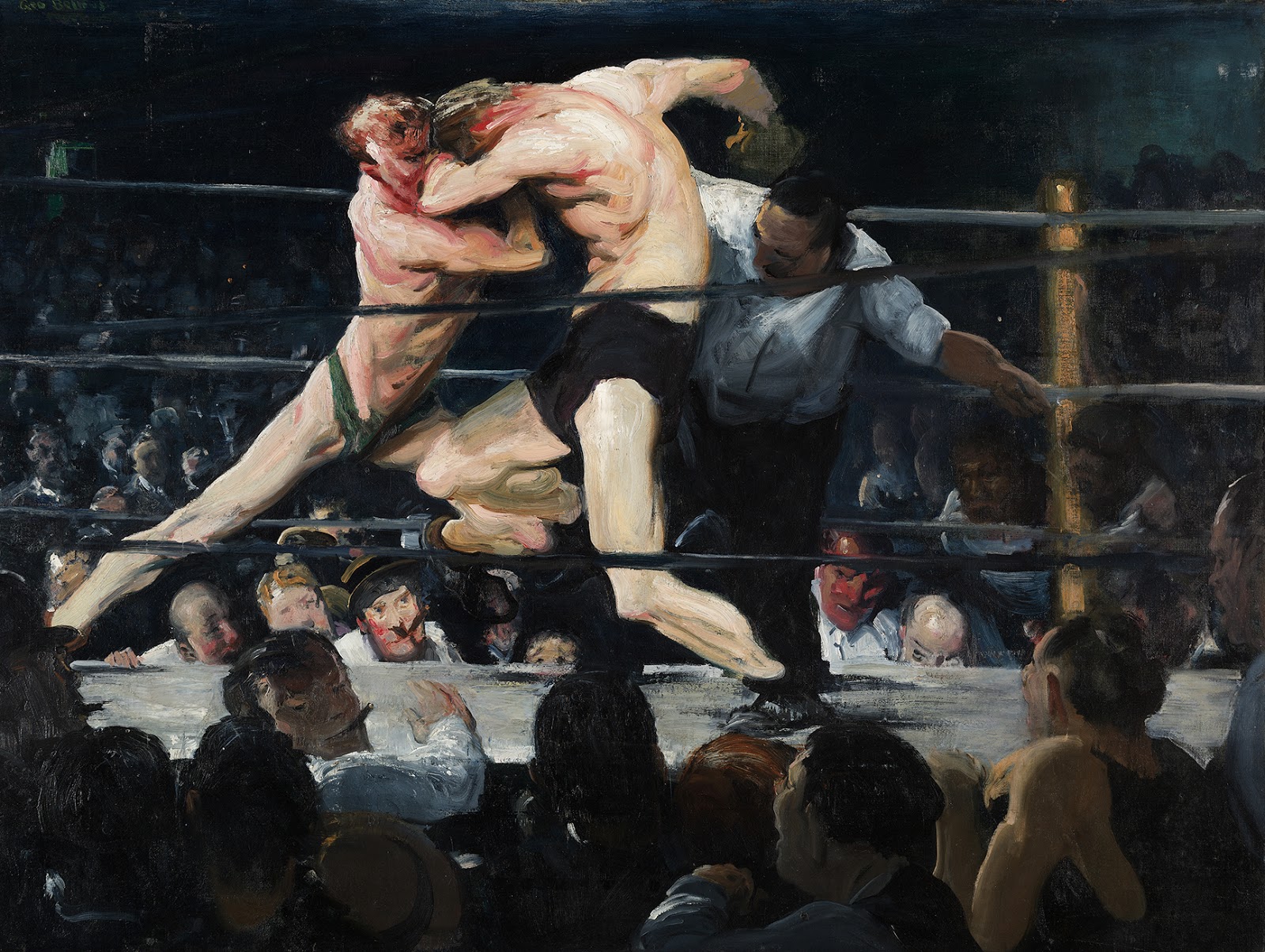
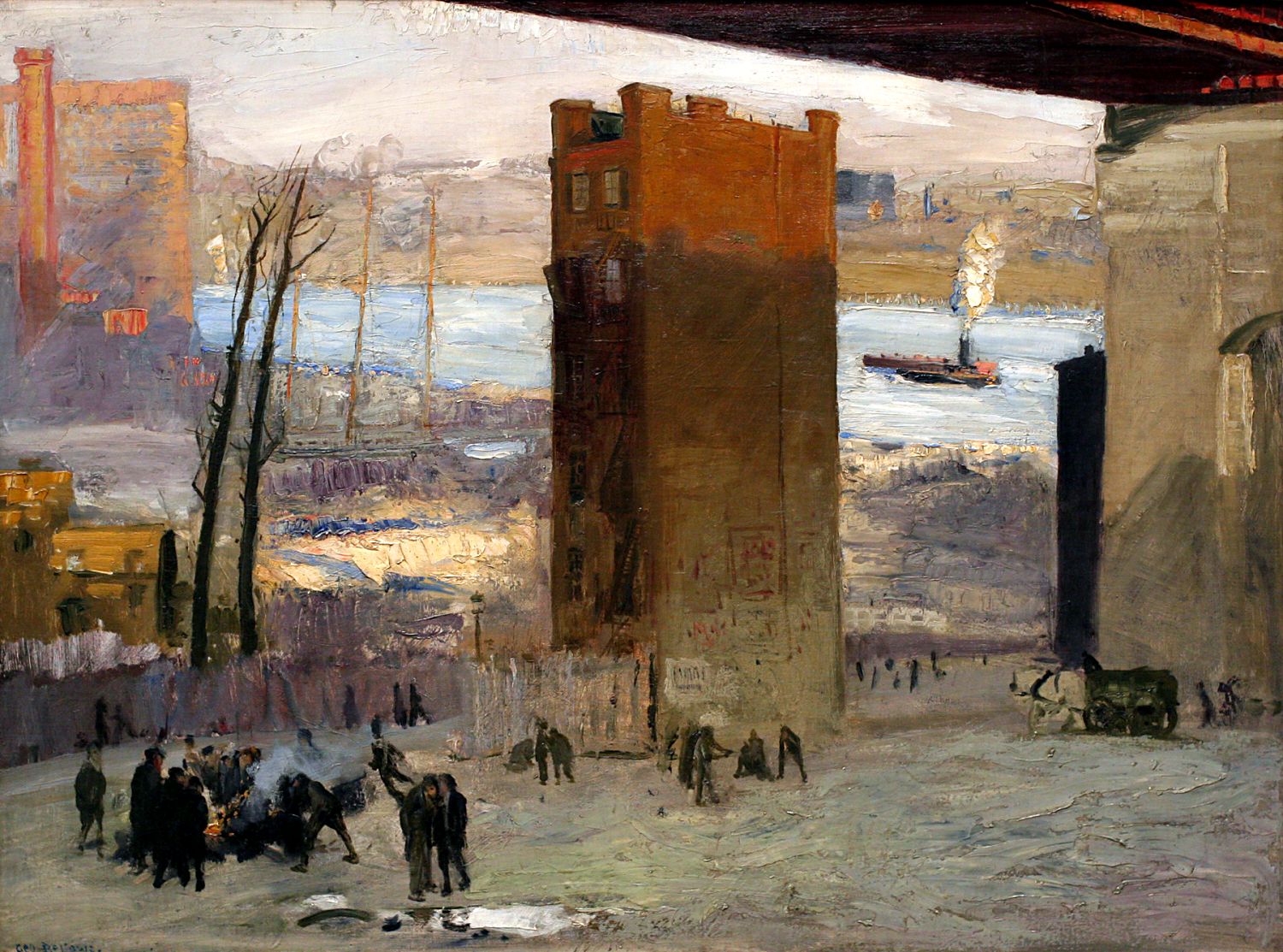

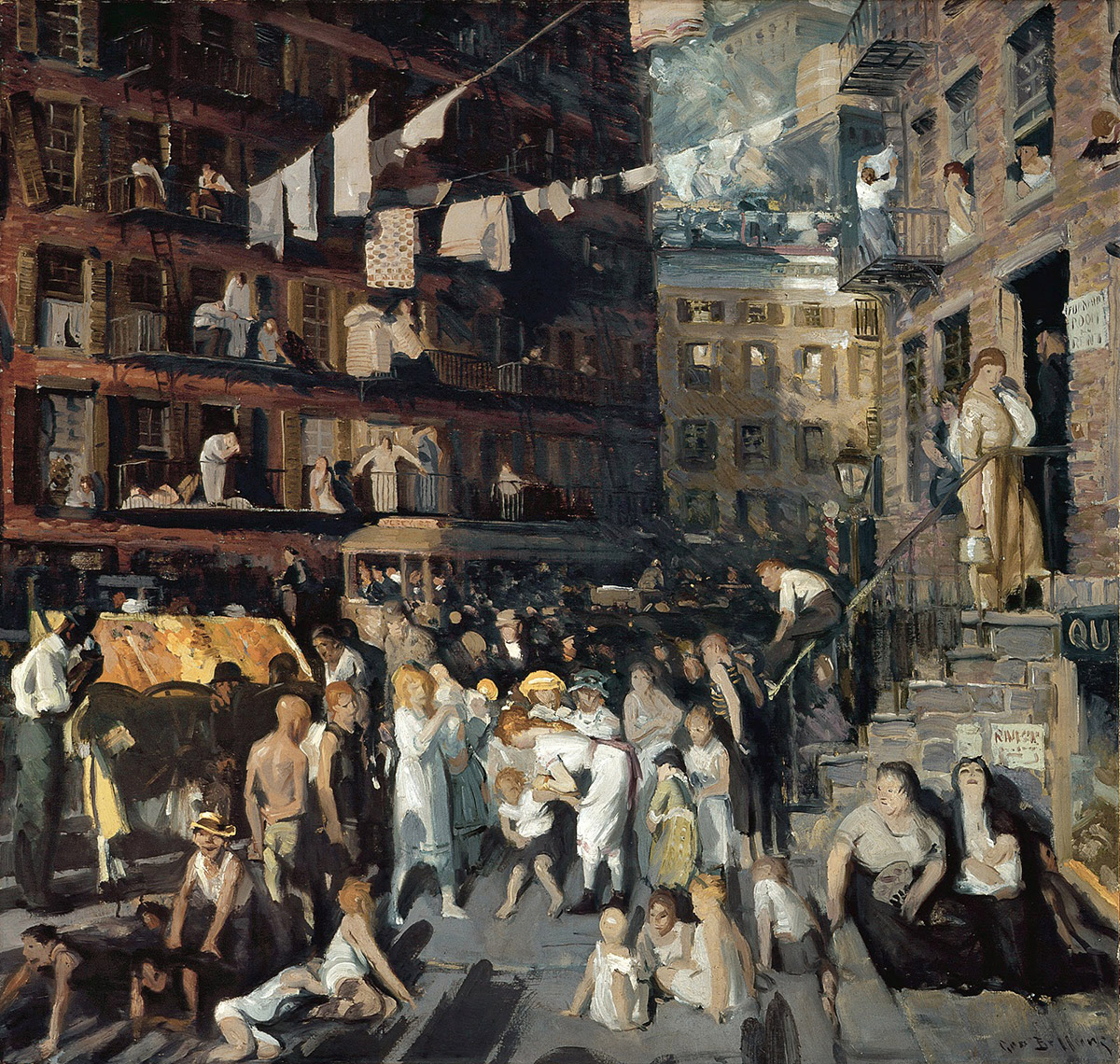
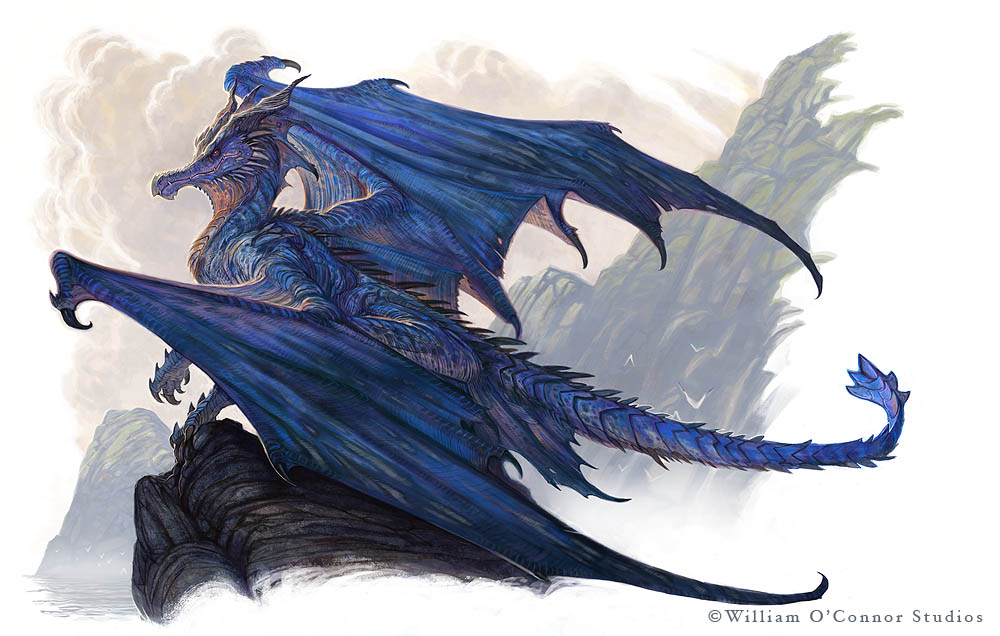
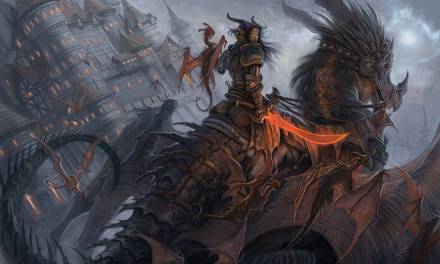
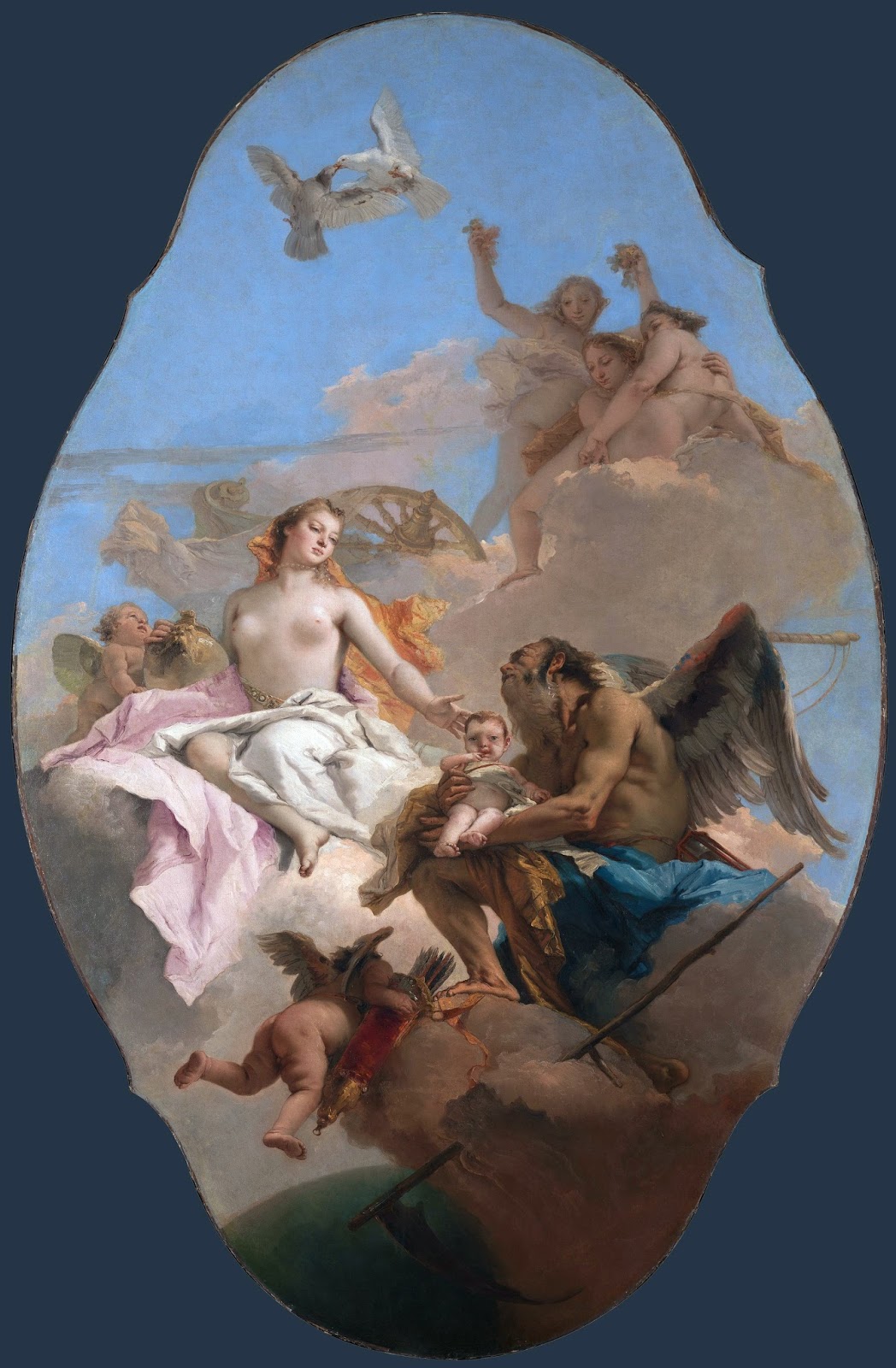
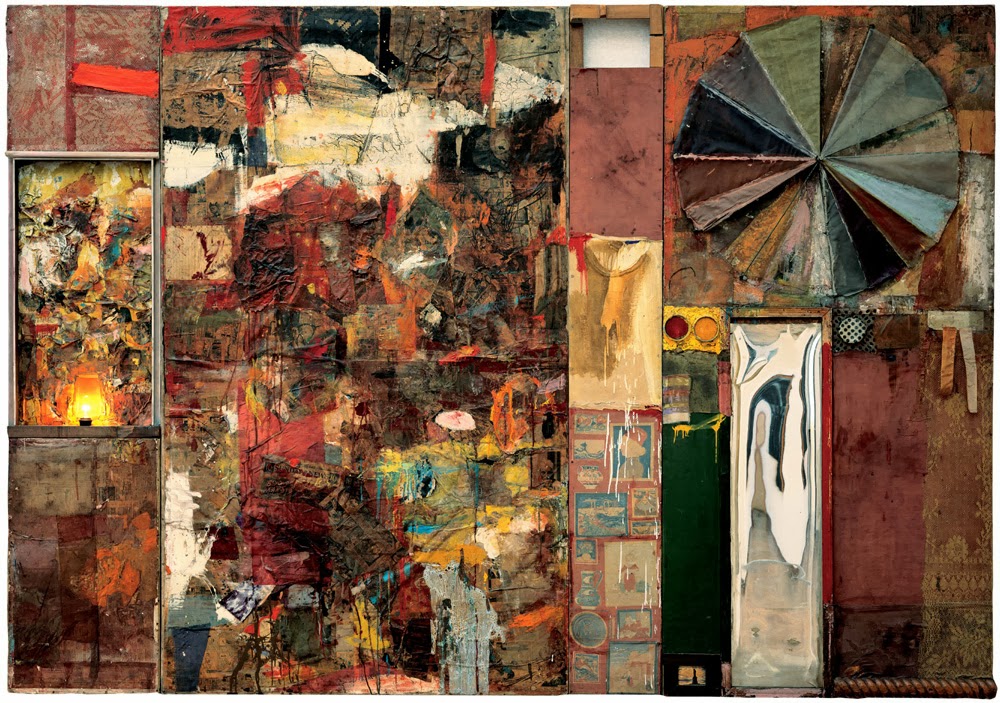
Robert Henri's 'The Art Spirit' is still pretty good reading as creative philosophy goes. One of my favorite paintings from the period is McSorley's Bar, by John Sloan in 1912. You can still go into McSorley's in Manhattan and stand where it must have been painted.
the first pic is great. so much movement, love it. great found. thank you.
the top image-Stag at Sharkey's is one of my favorite paintings EVER. Glad others are finally figuring out Bellows.
George Bellows sits near the top of my favorites list, especially his urban paintings.
To be accurate though this would not be the first retrospective since his death.
I had the pleasure of seeing a Bellows Show at the Los Angeles County Museum of Art in '92, part of a 4 museum tour and featured 70 of his works.
Of course I bought the exhibition catalog. Apparently there was another in '79 although I don't know where.
I wish I could get out to see this one. There is nothing like seeing the paintings in real life.
I stand corrected..Still a unique experience…
WOC
crazy good art. Thanks for sharing..